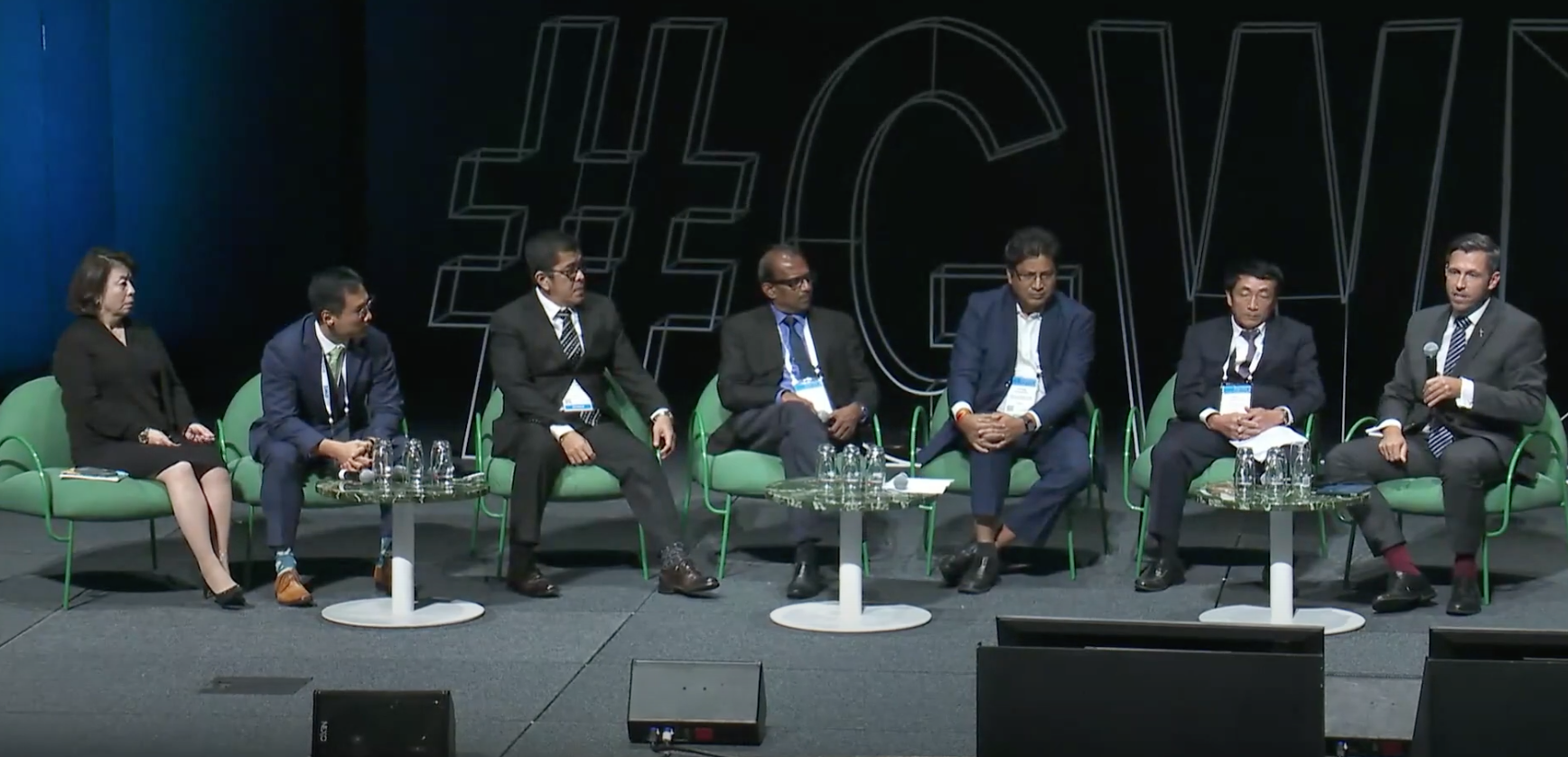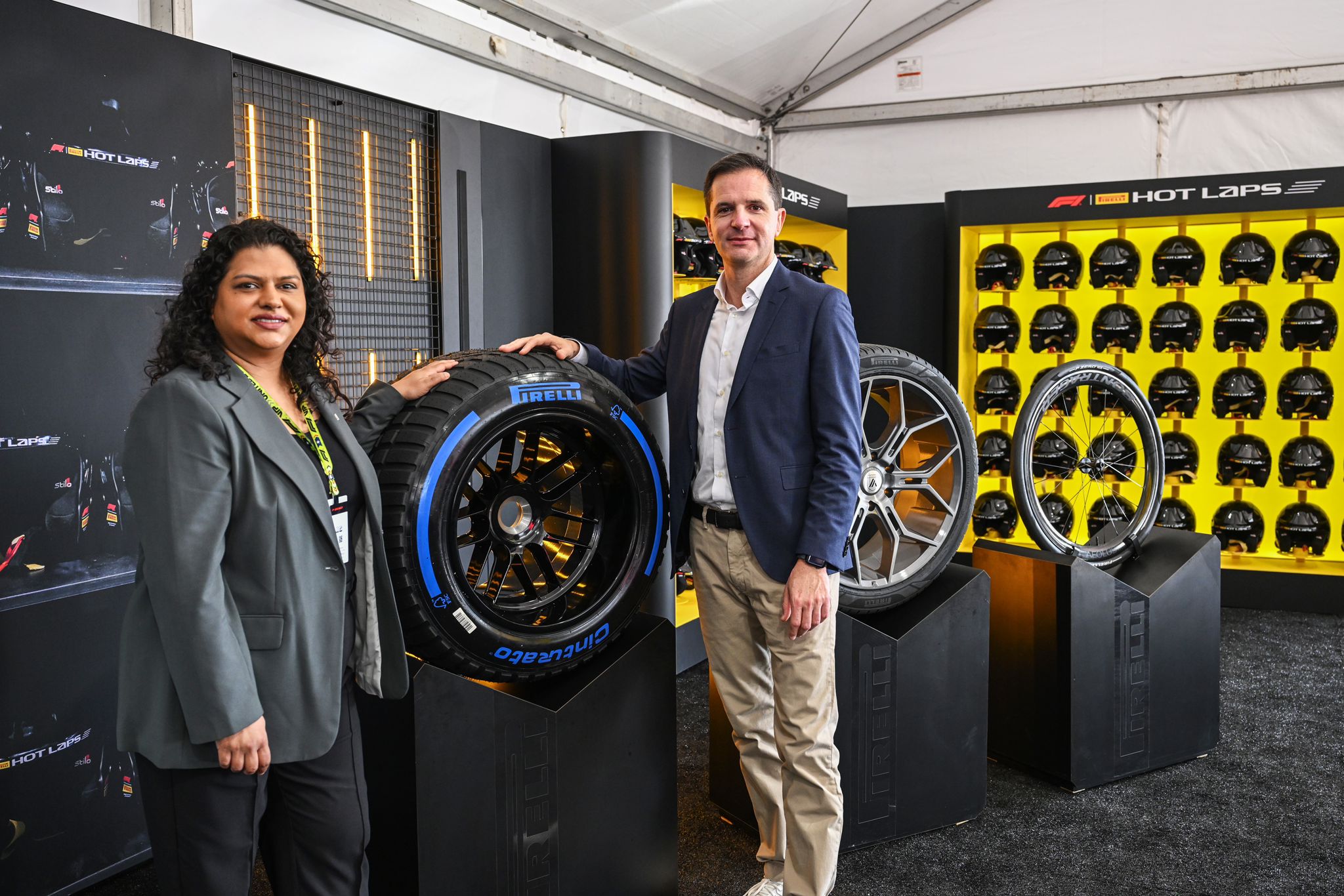Sign up for daily news updates from CleanTechnica on email. Or follow us on Google News!
Despite its abundant coastline and strong winds, Japan lags behind other countries in offshore wind development. This is due to the government’s lack of visibility in offshore energy project development and its lack of ambitious targets for renewable energy. This is the opinion of Mika Ohbayasi, Director at Renewable Energy Institute (REI) in Tokyo.
Ohbayashi gave made this comment speaking at the panel discussion on “Emerging New Offshore Markets in Asia: Status Challenge and Opportunities,” moderated by Mark Leybourne, Senior Energy Specialist of the World Bank.
“Japan offshore wind development is slow to develop, but we are reaching some kind of several megawatts basis,” Ohbayashi said, stressing that “the government’s target for offshore wind is rather smaller, the official target is 5.7 GW by 2030 and people sometimes mention 10 GW by 2030. Then 30 GW to 45 GW by 2040, but these numbers are only in the pipeline, not a COD number.
Ambitious Targets Needed
In the context of the discussion, the COD she refers to here is the Commercial Operation Date, or the transition from start of construction to commencement of operations. For OSW, this takes anywhere from 3 to 5 years in more advanced countries and 5 to 7 years in countries where offshore wind projects are just in the auction audit stage, such as the Winds of September project in Taiwan or the several energy contracts just awarded in the Philippines.
“An ambitious target is needed for renewables as a whole and offshore wind as well. These have to be in line with ambitious climate targets too,” Ohbayashi reminded the panel while highlighting results of REI studies that revealed Japan’s need to have at least 20 GW of bottom-fixed by 2035, and more than 5 GW of floating OSW by the same year. “Of course we have not reached the 10GW yet,” the REI director said.
Today Japan has only about 1.36 GW of offshore wind capacity to date, compared with over 10 GW across European Union, 14 GW in UK, 4 GW in the United States, and over 31 GW in China.
In a report that appeared in Reuters last July, Japan’s Ministry of Economy, Trade and Industry (METI) and its Ministry of Land, Infrastructure, Transport and Tourism (MLIT) accepted already-evaluated proposals to build 1.8 gigawatt (GW) in capacity in four coastal areas around the country. This is second major round of offshore wind tenders. The report indicated Japan’s intentions to be a major offshore wind energy producer.
The two identified locations are in the Akita Prefecture with a total of about 700 MW, a 700 MW facility in Niigata Prefecture, and one in Saikai City in Nagasaki Prefecture for 424 MW.
To be a major OSW energy producer however requires greater government visibility and a proper grid system, Ohbayashi stressed.

Panelists at the “Emerging New Offshore Markets in Asia: Status Challenge and Opportunities,” moderated by Mark Leybourne (rightmost), Senior Energy Specialist of the World Bank. From left to right: Mika Ohbayashi, Director at the Renewable Energy Institute in Tokyo, Japan; Yi-ha Lu, Head for APAC at Corio Group, Rodel Limbaga, Undersecretary at the Philippine Department of Energy; Ranjit Sepala, Head of the Sustainable Energy Authority of Sri Lanka; Pradip Kumar Das, Chairman and Managing Director, Indian Renewable Energy Development Agency Ltd., nd Nguyen Ngoc Trung from Vietnam’s Chairman of the Board of Directors of the Vietnam Wind Power Association (VWPA). (Screengrab from GWEC webcast)
Winning The Fishermen’s Trust
“Another difficulty we face is that, the developer has to take care of all local acceptance. If there is no sign of local acceptance and there is no sea designated area is cited by the government. Having the local acceptance by the local people, like the fisherman, there has to be visible government leadership we need another clear policy framework for that,” Ohbayashi noted.
Japanese fishermen are a powerful lobby group in Japan.
Appealing and appeasing this sector will prove crucial in the quick deployment of OSW projects. This is what Ohbayasi meant about “local acceptance.”
In the past, fishermen have raised many concerns about anything that they perceive might affect the marine life in the fish-abundant seas that surround Japan. These include issues of fishing rights in areas where the as well as potential for noise pollution the wind turbine and disruptions to the fishing grounds are some of their concerns.
Improving Grid Infrastructure
Ohbayashi also said that Japan’s grid infrastructure is not yet ready to support a large-scale transition to renewable energy.
The grid is currently designed to transmit electricity from large, centralized power plants, such as nuclear and coal plants. However, renewable energy sources, such as solar and wind, are often distributed and intermittent. This means that the grid needs to be more flexible and resilient in order to accommodate renewable energy.
Ohbayashi has also said that the Japanese government needs to invest more in grid infrastructure in order to support the country’s renewable energy goals. The government has committed to achieving carbon neutrality by 2050, and renewable energy will play a major role in meeting this goal.
However, the government needs to invest in grid upgrades and new transmission lines in order to ensure that renewable energy can be efficiently and reliably transmitted to consumers.
Emerging New Offshore Market in Asia: Status Challenge and Opportunities, Global Wind Energy Council
Have a tip for CleanTechnica? Want to advertise? Want to suggest a guest for our CleanTech Talk podcast? Contact us here.
EV Obsession Daily!
I don’t like paywalls. You don’t like paywalls. Who likes paywalls? Here at CleanTechnica, we implemented a limited paywall for a while, but it always felt wrong — and it was always tough to decide what we should put behind there. In theory, your most exclusive and best content goes behind a paywall. But then fewer people read it!! So, we’ve decided to completely nix paywalls here at CleanTechnica. But…
Thank you!
Tesla Sales in 2023, 2024, and 2030
CleanTechnica uses affiliate links. See our policy here.



